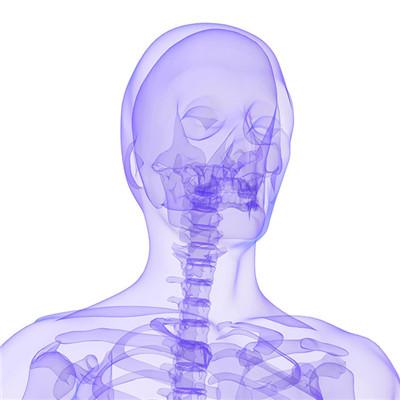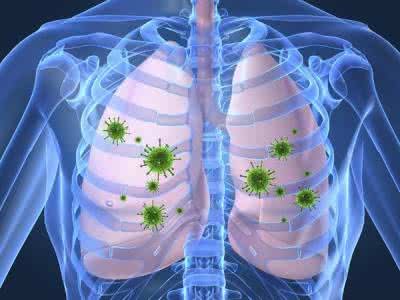What is viral hepatitis E?
summary
Viral hepatitis type E (HE) is a self limited infectious disease. Its transmission, clinical manifestations and prognosis are similar to those of hepatitis A, but the incidence rate of hepatitis E is low in children. The mortality rate of pregnant women with hepatitis E is high. Let's share my experience with you.
What is viral hepatitis E?
Acute jaundice type: 75% of acute hepatitis E. The clinical manifestations are similar to hepatitis A, but the jaundice period is longer and the symptoms are more severe. A. Pre jaundice: the main manifestation is acute onset. The symptoms of upper respiratory tract infection such as chills, fever, headache, sore throat and nasal obstruction (about 20%), arthralgia (7% ~ 8%), fatigue (60% ~ 70%), followed by anorexia (75% ~ 85%), nausea (60% ~ 80%), vomiting, epigastric discomfort, liver pain, abdominal distension, diarrhea and other gastrointestinal symptoms.

Some patients showed mild hepatomegaly with tenderness and percussion pain. This period lasts for several days to half a month. At the end of this period, the color of urine gradually deepened. If the test has shown that the Urine Bilirubin and urobilin are positive, the blood bilirubin (bil) and alanine aminotransferase (ALT) are increased. B. Jaundice stage: body temperature returned to normal, jaundice rapidly deepened, urine as deep as tea, light stool color, skin pruritus (29%), severe digestive tract symptoms, until jaundice no longer rise, can gradually relieve. This period is usually 2-4 weeks, individual cases can last 8 weeks. The liver function tests also reached the peak at this stage, and then gradually relieved.

Acute non jaundice type: clinical also has two stages of acute phase and recovery phase, but the performance is lighter than jaundice type. Some patients had no clinical symptoms and showed subclinical type. Subclinical infection is more common in adults, while clinical infection is more common in adults.

matters needing attention
Similar to hepatitis A, hepatitis E virus has a shorter period of viremia and is mainly transmitted by the digestive tract. Therefore, the key point of prevention is to cut off the fecal oral transmission route, which needs to strengthen the management of feces and drinking water. Through strengthening health education, improving environmental health, conscientiously implementing the food hygiene law, and improving people's awareness of disease prevention and health quality, hepatitis E can be prevented.

















